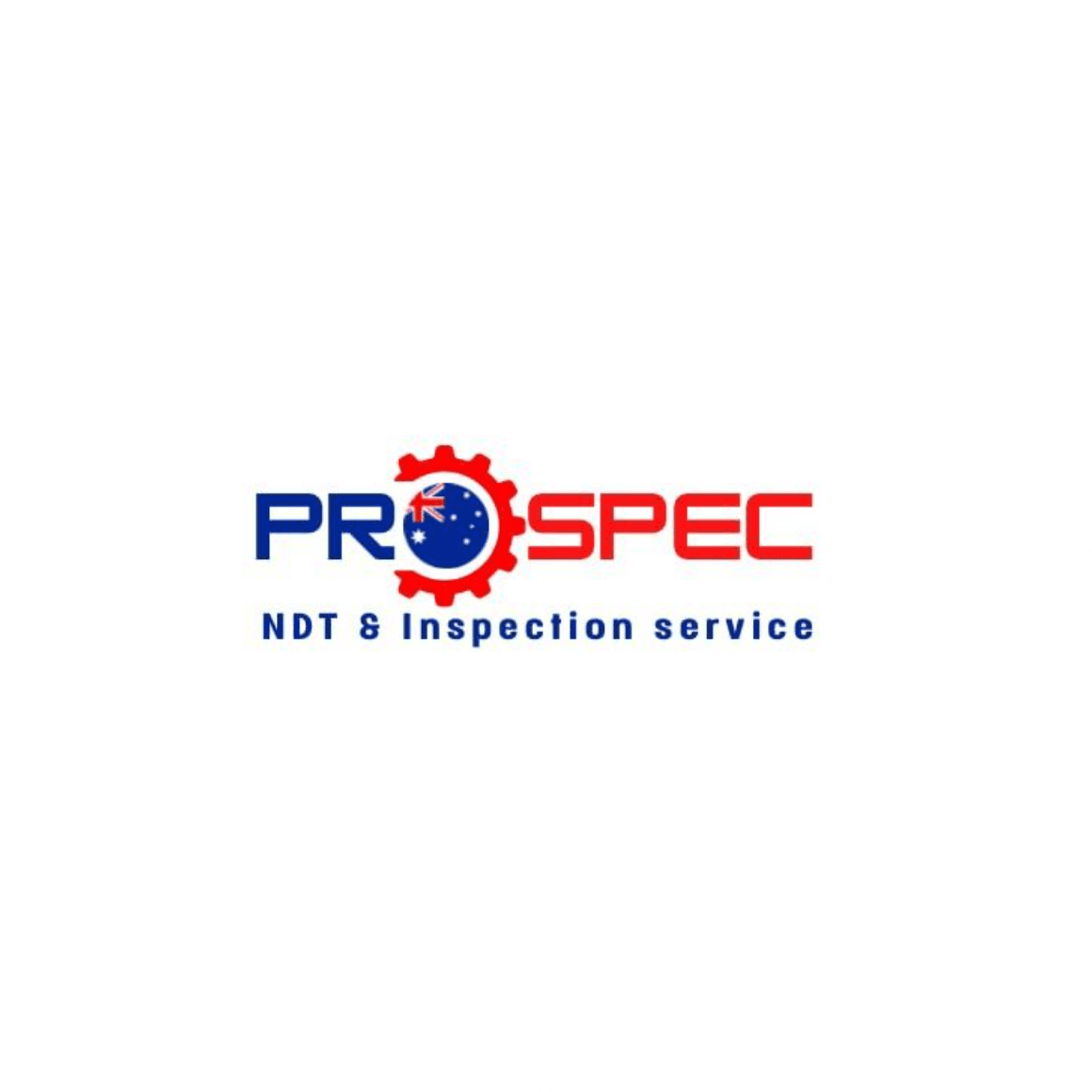Debunking Myths About Non Destructive Testing in Thailand
Pr
Understanding Non-Destructive Testing in Thailand
Non-destructive testing (NDT) plays a crucial role in ensuring the safety and integrity of various structures and components. However, several myths surround this vital field, particularly in Thailand. By debunking these misconceptions, we can better appreciate the significance and benefits of NDT.
Myth 1: NDT Is Only for Large Industries
One common myth is that NDT is only applicable to large industries such as oil and gas or aerospace. While these sectors do frequently utilize NDT, it is equally essential for smaller industries in Thailand. Whether it's construction, manufacturing, or even art restoration, NDT provides valuable insights that ensure safety and quality without causing damage to the tested items.
Many small to medium-sized enterprises are increasingly adopting NDT techniques to enhance their product quality and maintain competitive advantage. Therefore, NDT's reach is far broader than just large-scale operations.
Myth 2: Non-Destructive Means No Risk
Although the term "non-destructive" suggests that there is no risk involved, it's critical to acknowledge that no testing method is entirely without risk. However, when conducted by trained professionals using modern equipment, NDT minimizes risk significantly compared to destructive testing methods.
In Thailand, certified NDT technicians follow strict safety protocols to ensure accurate testing while maintaining the integrity of the structures or components being examined. This approach not only protects assets but also ensures the well-being of personnel involved.
Myth 3: NDT Is Cost-Prohibitive
Another common misconception is that NDT is too expensive for regular use. On the contrary, implementing NDT can lead to substantial cost savings in the long run. By identifying potential defects early, companies can avoid costly repairs or replacements and reduce downtime.
- Early Detection: Identifies issues before they escalate.
- Preventative Maintenance: Reduces repair costs.
- Improved Safety: Minimizes accident-related expenses.
Myth 4: All NDT Methods Are the Same
Many people believe that all NDT methods are interchangeable, but this is far from the truth. There are numerous techniques available, each suited to specific materials and defect types. For instance, ultrasonic testing is ideal for detecting internal flaws in metals, while radiographic testing is better for identifying hidden discontinuities within dense materials.
Understanding the strengths and limitations of each method ensures that the correct technique is applied for accurate results. In Thailand, choosing the right NDT method depends on factors such as the material type, component geometry, and the nature of potential defects.
The Future of NDT in Thailand
As technology advances, the field of non-destructive testing continues to evolve. In Thailand, the integration of digital tools and advanced imaging techniques promises even greater accuracy and efficiency. Emerging trends such as automation and artificial intelligence are set to revolutionize how inspections are conducted, offering real-time data analysis and improved decision-making capabilities.
By dispelling myths and embracing innovation, industries across Thailand can leverage NDT to enhance safety standards and operational efficiency. This not only bolsters economic growth but also ensures a safer environment for all involved.
